When did it all begin?
Bauhaus directly translates as “construction house”. Frankly, that’s quite fitting taking into account what we already know about Bauhaus Design. The Bauhaus was an early 20th Century German school of the arts. Opened in 1919 by a German architect, it was called ‘Staatliches Bauhaus’. Until 1925 you could find the Bauhaus in Weimar. It then moved to Dessau until 1932 and for the year of 1932/33, in Berlin. After this, it closed due to the pressures from the Nazi regime. Despite its closure, the Bauhaus school cultivated the Bauhaus design movement. It did this with both the school’s aesthetic and the staff continuing to spread the thoughts and behaviours once they left Germany.
What is the Bauhaus Design Movement?
So, you might ask, if it’s a school, how does that make it a movement? Well, that’s the amazing thing. This school, founded by Walter Gropius morphed into a modern art movement. Characterised by the uniqueness of its architectural approach, experts describe Bauhaus design as combining the Arts and Crafts Movement and modernism.
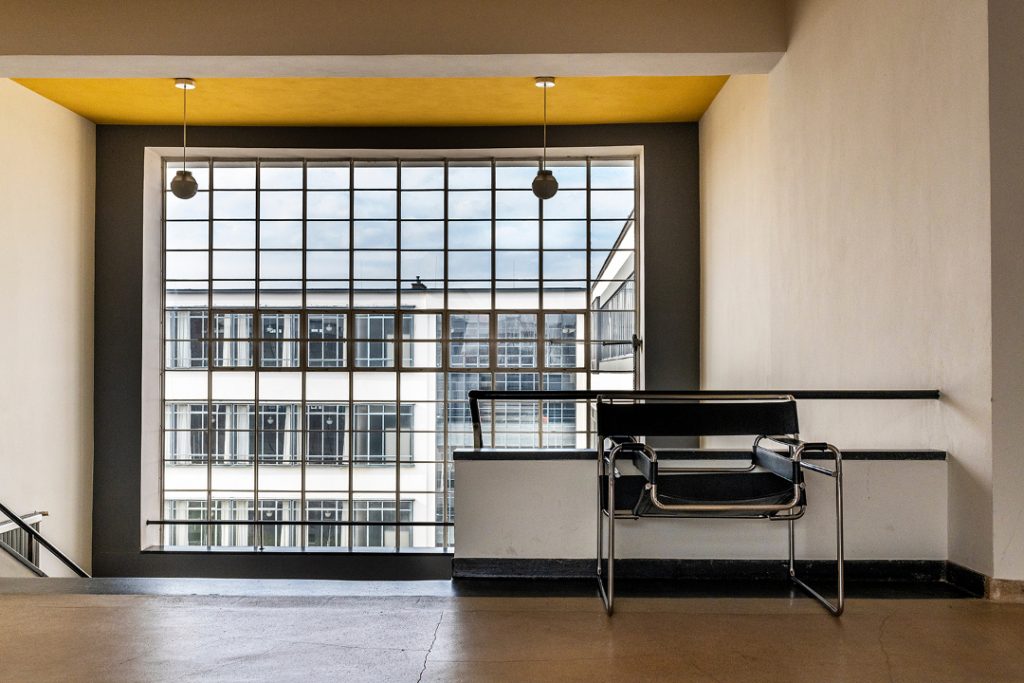
What inspired the Bauhaus design?
The main and probably most important influence as modernism. Many of the design innovations which are most commonly associated with Gropius are radically simplified forms. With an emphasis on rationality and functionality, Bauhaus design harnesses the idea that mass production and the individual artistic spirit could reconcile. William Morris, who was highly influential in the Arts and Crafts movement, had argued that art should meet the needs of society. He said there should be no distinction between form and function and this features heavily through Bauhaus design and the harmonious relationship between both the functionality and the design of an object or building.
Where do we see the impacts today?
Bauhaus design is still very forefront throughout the modern world, from architecture to interior design, and especially furniture. Think buildings with geometric shapes and a huge emphasis on functionality. Buildings with lots of glass and clean lines are prime examples. Open plans are a common theme which carries this forward, commonly seen in things like studio flats; interiors with simplicity uncomplicated accents and minimally adorned with furniture. Even the furniture itself, for example, the Wassily Chair and the cantilever chair are prime examples.
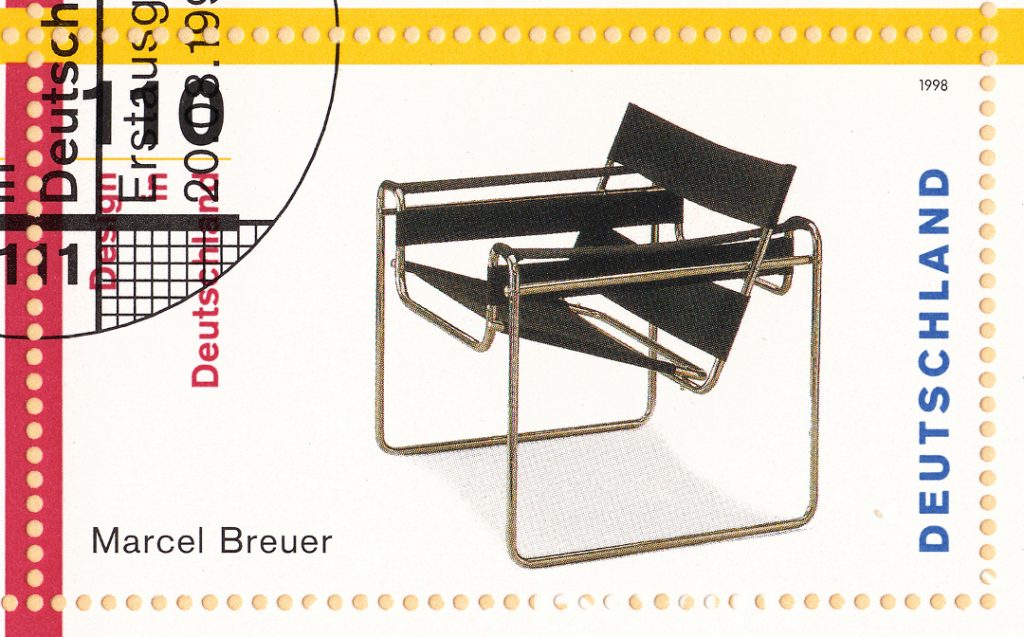
What is the Wassily Chair?
The Wassily Chair, one of the most well-known examples of furniture inspired and created in Bauhaus style. It is also known as the Model B3 Chair. Marcel Breuer created the design between 1925 and 1926. It was while he was the head of the cabinet making shop and the Bauhaus in Dessau. The chair was revolutionary, using bent tubular steel for furniture intended for a domestic setting. The chair, apparently inspired by a bicycle frame, was initially produced in both a fixed and a folding version.
How does this differ from the cantilever chair?
A year after the creation of the Wassily Chair, Mart Stam received the European patent for the cantilever chair. The chair holds itself upright with a single leg or legs which attach to the seat. The leg bends into a shape which supports the entire frame.
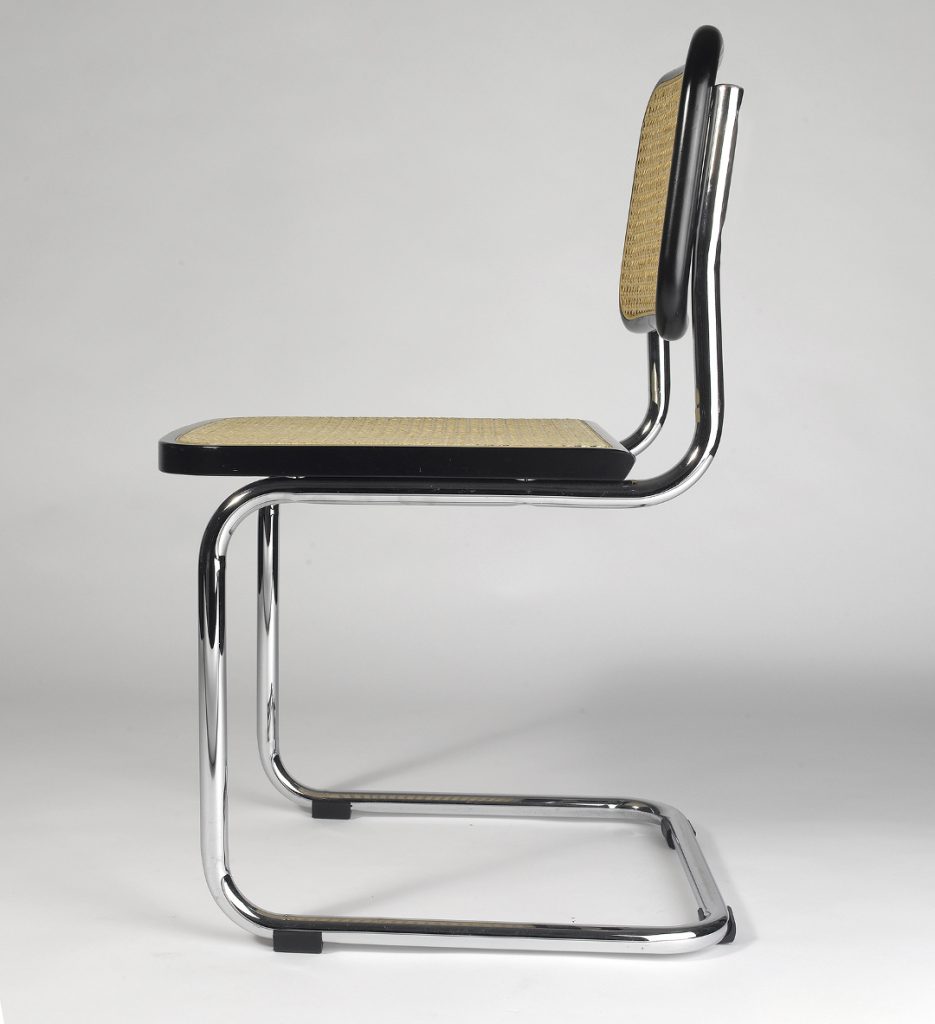
Where else do we see the Bauhaus Design style?
The Bauhaus had a major impact on art and architecture. This started in Western Europe and rippled throughout Canada, Israel and the United States. Echoing in the decades that followed the demise of the educational institute. This was partially due to the sheer inspiration of the buildings in Germany. It was also due to the artists heavily involved in the Bauhaus. These artists either fled or had been exiled by the Nazi regime.
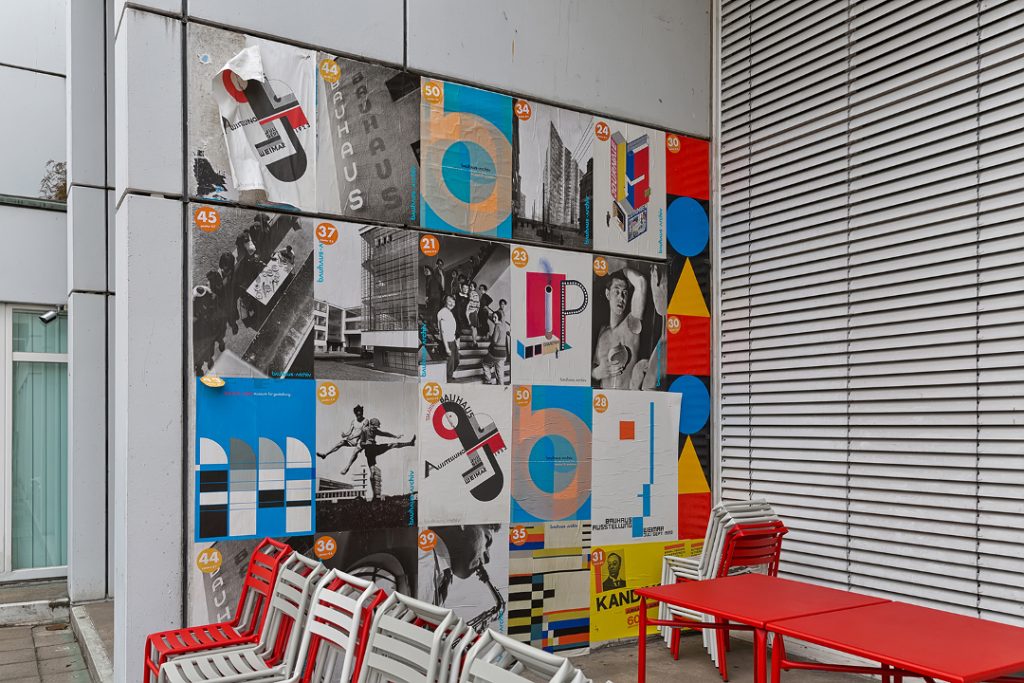
Miihely
Miihely was a design school founded by Hungarian painter Alexander Bortnyik. Also known as ‘Muhely’ or ‘Mugely’ and simplified to ‘the Budapest Bauhaus’. It could be found on the seventh floor of a house on Nagymezo Street, founded in 1928.
The White City
The White City is a collection of some four thousand buildings in Tel Aviv. They’re all built in the Bauhaus style. Built from the 1930s onwards and created by German Jewish architects that had emigrated after the rise fo the Nazis. Tel Aviv has the biggest collection of buildings in the Bauhaus style of anywhere else in the world. It has since become a World Cultural Heritage Site.

Isokon Project
Walter Gropius, Marcel Breuer and László Moholy-Nagyreunited in the mid-30s in Britain before the war caught them up. They had all been professors at the Bauhaus school. Here, they lived and worked on the Isokon project. Isokon was a London based firm that constructed both modernist houses and flats, and the furniture and fittings for them.
Aluminum City Terrace
After their UK stint, Gropius and Breuer moved on to the Harvard Graduate School of Design in Cambridge Massachusetts. They taught and worked together here before their professional split. This collaboration produced Aluminum City Terrace, or ACT, which is a housing development in New Kensington, Pittsburgh.
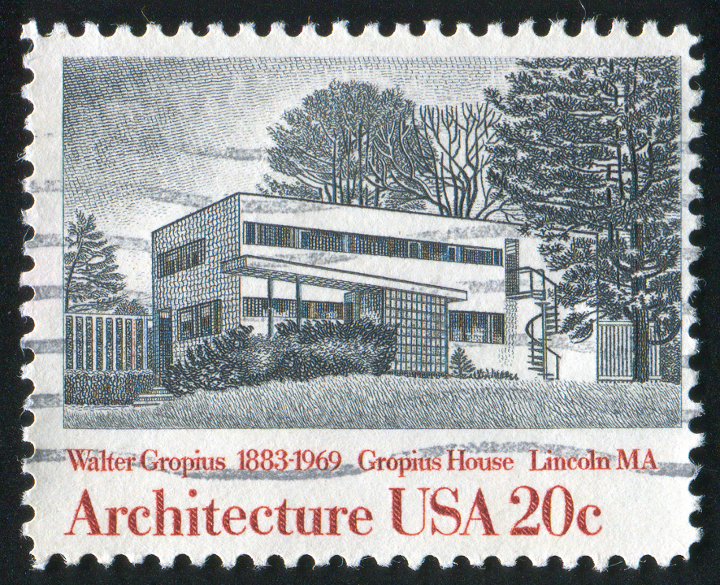
Believe it or not…
The most profitable product that came out of the Bauhaus, was not the world-famous Wassily chair. It was, in fact, its wallpaper. To this day, wallpaper designed in the Bauhaus style is incredibly popular. Bauhaus art features flat planes, geometric shapes and overlapping, and has remained one of the top choices amongst interior designers. Many ranges were released last year, as 2019 marked the centenary of the founding of Bauhaus. Why not create your own Bauhaus-inspired wallpaper?



